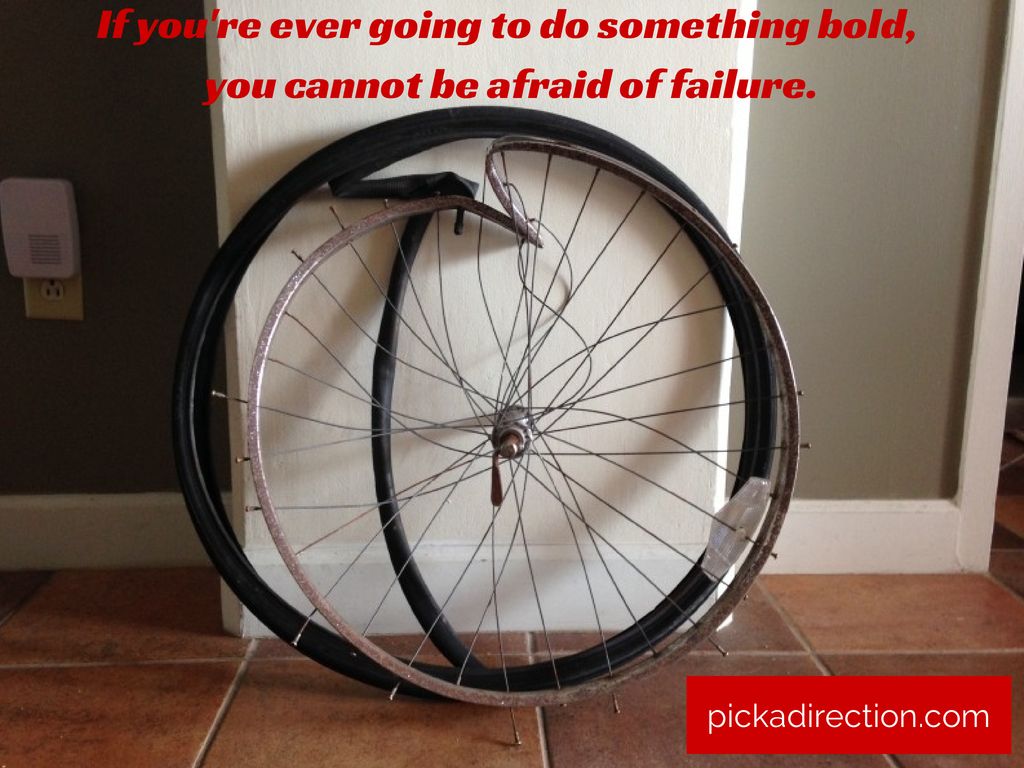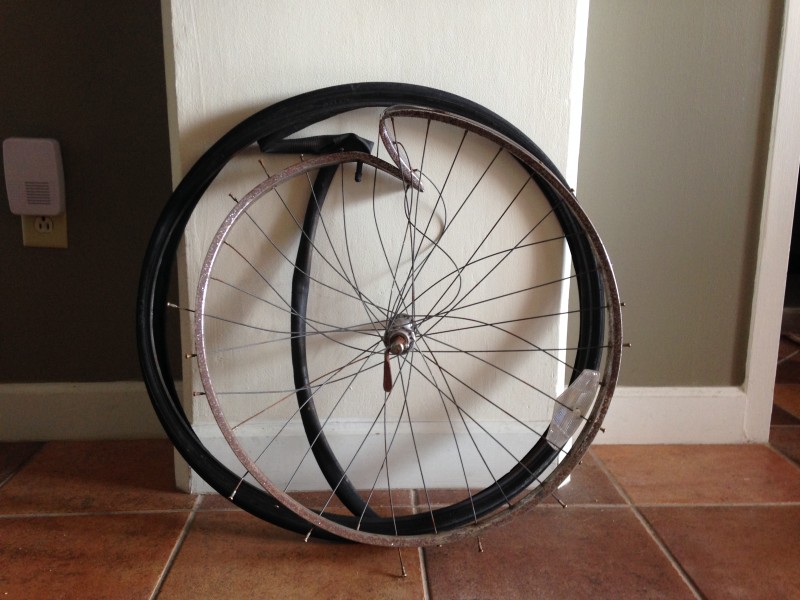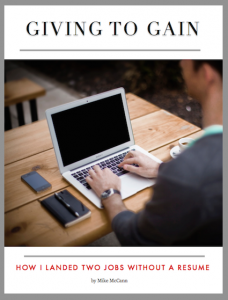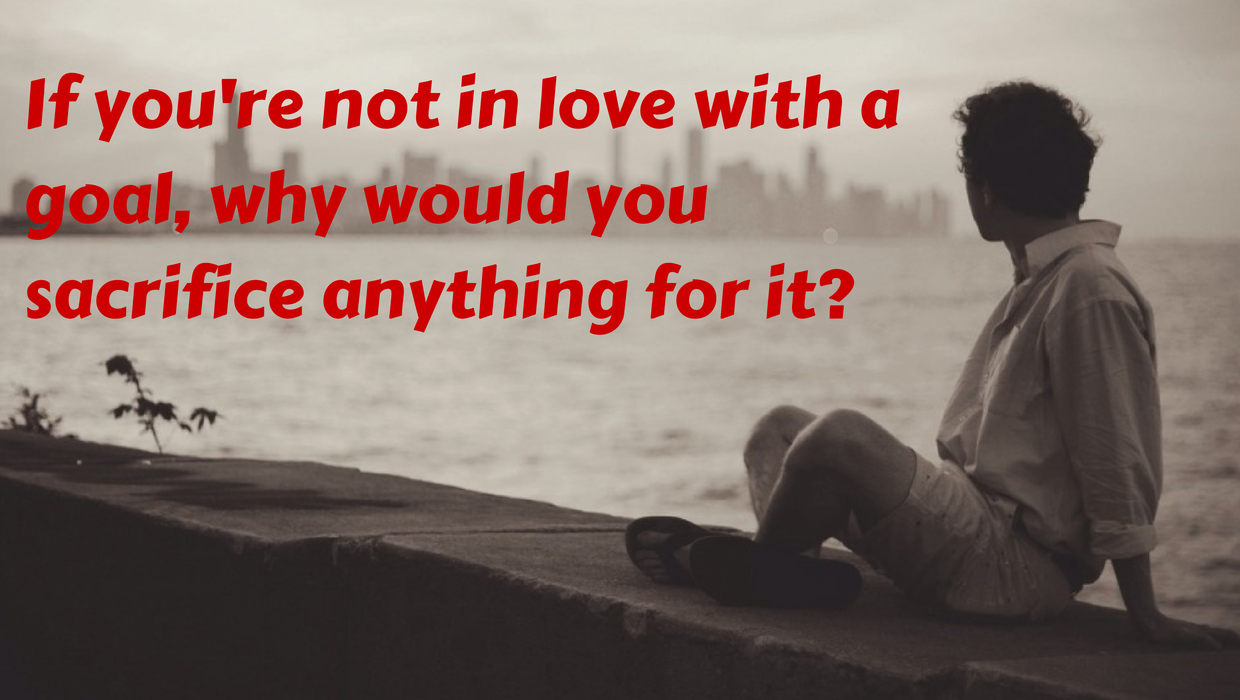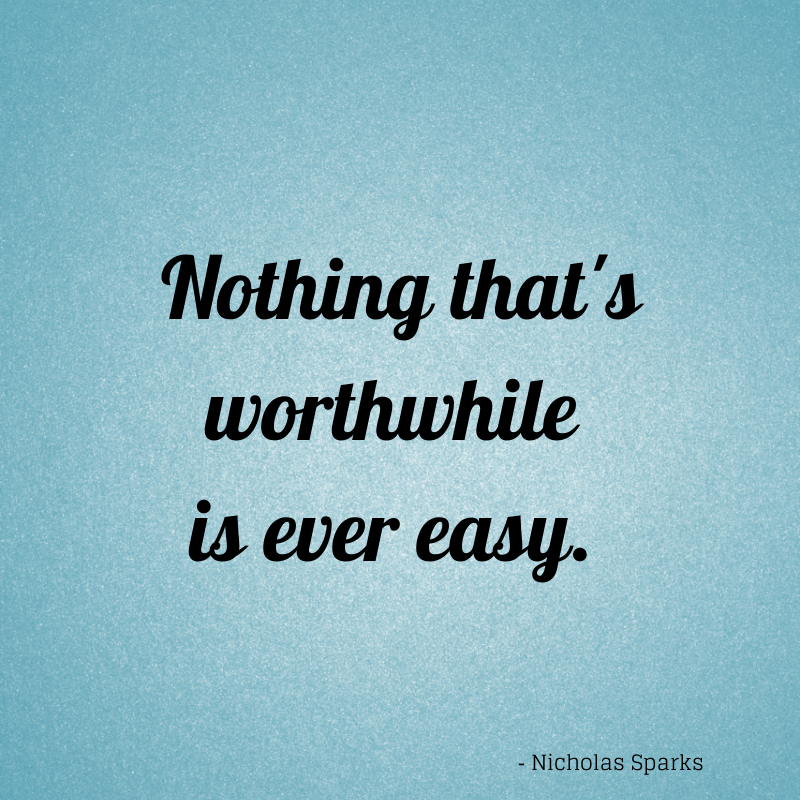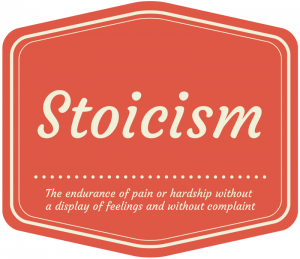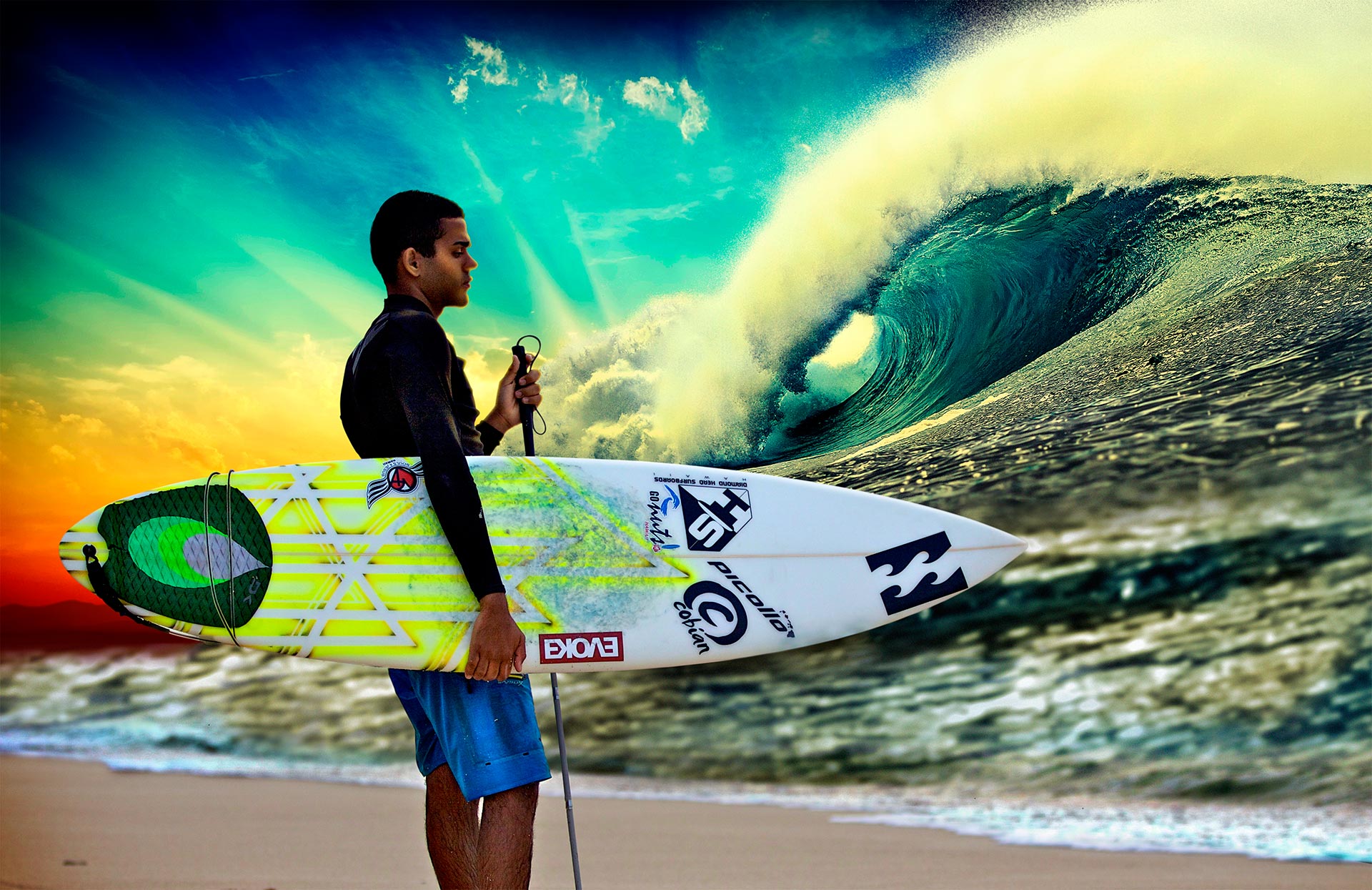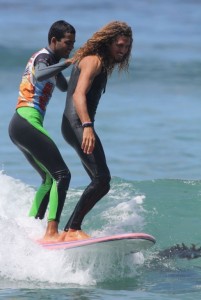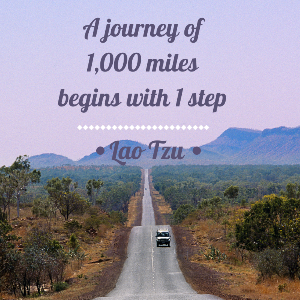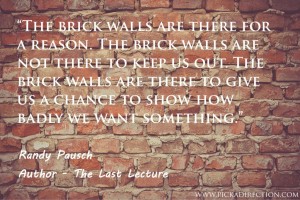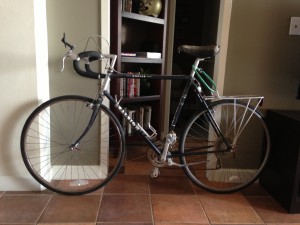 Lessons about taking risks come in all experiences and forms.
Lessons about taking risks come in all experiences and forms.
A very recent one came from riding my bike. Sometimes you have wonderful moments enjoying the outdoors, other times you are concussed with a bleeding head.
My First Ride
It was a deliberate decision: I am going to be that guy that rides his bike to work.
This type of transportation costs less money. It’s exercise. It’s a chance for me to see a side of this beautiful city (Charleston, SC) I don’t normally get to experience. But mostly, I like going against the grain.
Just like that it was settled, I bought a 1979 Raleigh Roadbike with years of “character” through Craigslist for $120. After another $45 on a lock and a new chain at the bike store, I was pumped to pedal home on my newest prized possession.
I only enjoyed my ride for three blocks before the back tire popped off in the middle of traffic. At which time I almost got hit by a car (for the first time) on Calhoun Street.
I quickly realized if I wanted to become an experienced biker, I couldn’t depend on others to work on my bike for me, I had to do it myself. There’s been times when I needed help, but not with simple things like putting my back tire securely on my bike. The $8/hour college kid didn’t care about my equipment or my body, all he cared about was the cheeseburger he was going to eat at lunch the minute I left the store.
Nobody cares about your bike/idea/business/success as much as you do. It took a tire falling off my bike for me to realize this, just take my word.
The Good ol’ Days
After the first little mishap, I learned to work on my bike without having to take it to the shop. There are so many resources online and through YouTube it’s unfathomable. You can fix or learn just about anything with only an internet connection and a few tools.
I spent the next couple months navigating the streets of downtown Charleston with care. Many are cobblestone alleys and there are more one-way streets than you can shake a stick at. But the biggest danger is the fact that bikes are not allowed on sidewalks in Charleston. Bikers have to obey all traffic laws and must be on the streets at all times since the sidewalks are so narrow.
I learned to (A.) Pedal fast & (B.) Keep my head on a swivel.
But it’s fun!
I loved the way the traffic made me focus on the task at hand, forcing me to take calculated risks. And the speed is intense, there’s nothing like getting into a full sprint and getting the job done faster than anyone else.
The Crash
One day I crashed… HARD.
I concussed myself, smashed my hand, mangled my equipment, and worst of all… my pride was hurt. It cost me over $200 in repairs (more than I spent on the bike to begin with). The price tag and the head + body aches were more than enough to send most people hobbling for a comfy seat in their car. After all, the bike was a choice.
But I knew it wasn’t the end of me.
I knew what I did wrong and I saw where I made the mistakes that set me up for the fall. I took immediate measures to prevent these mistakes: (1) no more riding at night unless totally necessary and (2) helmet required.
If you’re ever going to do something bold, you cannot be afraid of failure.
You have to be willing to take risks. Sometimes the risks are physical injury. Other times risks come in the form of investments. Still other risks may come in the shape of a career choice.
But the risk is better than the alternative: do nothing. Because when you do nothing, NOTHING HAPPENS.
The Meaning Behind The Story
Everything is relative. I spend a lot of time thinking while I’m on the bike. I originally wrote this to make correlations between riding my bike and business. We learn from stories, and I hope you can get a good chuckle out of this one. I know I did!
Go back and re-read this post, but this time change up some verbiage. Replace bike with business, crash with failure, traffic for competition, and so on. Go back to the beginning and think about your business, think about the passion you started with.
 There are parallels for days, sometimes it just takes a bump on the head to make everything clear!
There are parallels for days, sometimes it just takes a bump on the head to make everything clear!
—
If you were a bike, what kind of bike would you be & why?
Leave me a comment or chat with me on Twitter, I’d love to hear from you. Have a great week!
—

